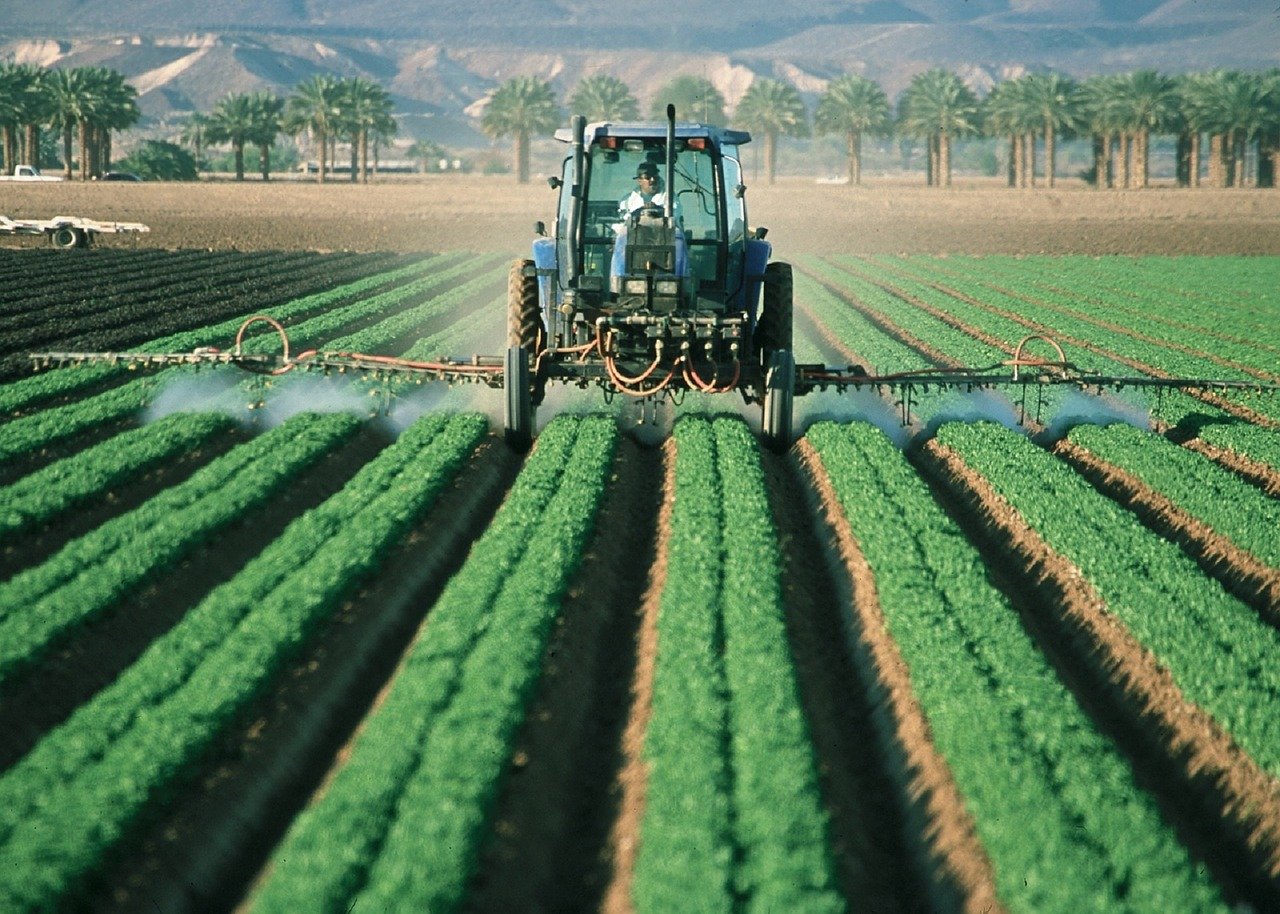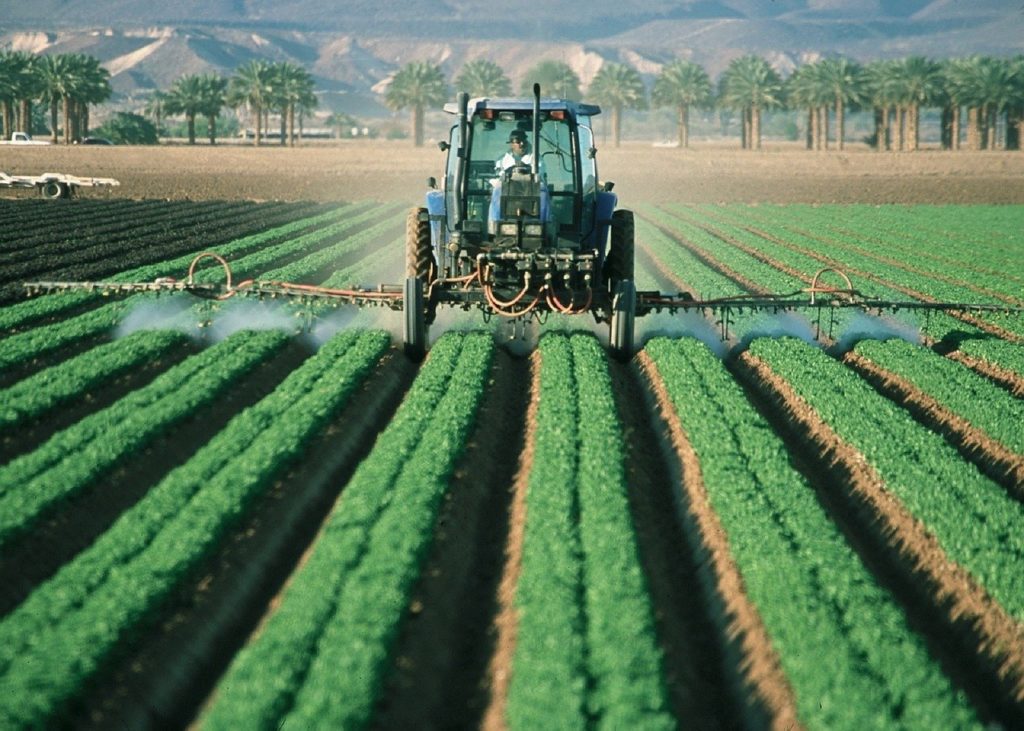
Trusted By All
50K+
Customers
65
Loads
22
Brokers
10+
Years of Experience
The Daily Bale

Natasha Post, Author
TractorTransport.com

Warm Season Crops, Machinery Used to Harvest, and the Need for a Shipping Company
Grain Harvesting Techniques and Machinery Used to Harvest and How to Ship Them
Many farmers work with custom harvester to get their crops out of the fields and into their storage facilities. Some farmers may not have storage facilities and heavily depends on professional shipping service providers to haul their produce to millers and the market. Likewise, the producers rely on the hauling ad trucking experts to transport the harvesters each summer (some being “harvesters for hire”) throughout the country.
Common Grains and How They're Harvested
Wheat:
There are different types of wheat, which are planted either in the summer or in the fall. Irrespective of the type, large scale wheat is planted with a machine called a grain drill and harvested with a self-propelled mechanical thresher known as a combine harvester. Wheat grain matures in stages; it starts at a milky stage where the grain oozes out milk when pressed, it then turns to a dough stage where the milky liquid will harden. The grain will be dented when pinched and finally moves to its’s maturity stage when all the green is replaced with golden yellow and the head bend forward. As the name suggests, the combine will combine more than one post-harvesting processes; it will reap, thresh, and winnow simultaneously. The wheat will then be loaded into a trailer and shipped into a storage facility or to the market. Barley is harvested the same way as wheat and with the same machinery. When wheat harvesting is over in one region, the combine is shipped to the next location where harvesting season has just started.
Soybeans:
Soybean is the world’s second-largest source of vegetable oil. Annually, three billions of bushels of soybeans are harvested from late September through October in the US alone. North Dakota, Montana, Idaho, Mississippi, Arkansas, and the East coast belt is known to produce soybeans on a large scale. When the crop dries to 13 or 14 percent moisture content, a soybean combine harvester that is exclusively designed to harvest soybeans is used for harvesting the crop. This machinery cuts the crop stalks, threshes the seeds, and cleans them at the same time. Soybean combine harvester reaps, threshes, and cleans the soybeans before loading them into a truck for transportation. More often, the soybean harvester is hauled by our expert transporters from North Dakota to the next region where the soybeans are ready for harvesting.
Corn:
In the United States, planting corn is from April to June, and harvesting begins in October through November. Corn is used as a staple food, as an ingredient of ethanol, as gasoline (an alternative environmentally clean fuel,) and as animal feed. Both seed and fresh corn are harvested by a corn harvester, large machinery for used for large scale corn farming. To transport a corn harvester or a number of corn harvesters to the another location, you need quality shipping services from Tractor Transport. Our hauling services are reliable, pocket friendly, and we have all necessary equipment to deliver your corn harvester anywhere in North America, Canada, and Mexico.
Cool Season Crops and Machinery Used to Harvest and How We Ship Them
Machinery Used to Harvest Some of the Cool Season Crops
Cabbages: Cabbage harvesters are designed to harvest all types of cabbages, such as while cabbages, red cabbages, green cabbages, etc. Some cabbage harvesters have industrial treated cabbage extension for direct processing while others have a storage compartment for a fresh market.
Kales: Kales are harvested with kale harvesters, and packing machines. Others are;
- Lettuce Is Harvested with Vegebot
- Onions Is Harvested with Potato Onion Root Crops Harvester
- Celery Is Harvested with Turnip Harvester, And
- Broccoli Is Harvested with Broccoli and Cauliflower Field Harvester.
Hardy and Semi Hardy Crops and Machinery Used to Harvest
These are crops that can flourish in extreme temperatures. Some thrive in drought-like weather conditions such as summer squash, zucchini, mastered green, carrots, radishes, turnips, Chinese cabbage. At the same time, others do well in cold temperatures, including beets, broad beans, parsley, king kale, claytonia, collards, leeks, Walla Walla sweet onion, rhubarb, Australian winter pea, green onions, rutabagas, etc.
Get Started
Lorem ipsum dolor sit amet, consectetur adipiscing elit. consectetur adipiscing elit